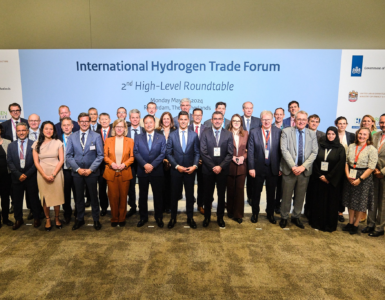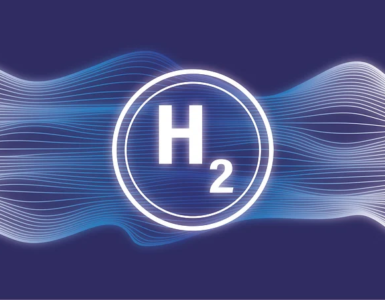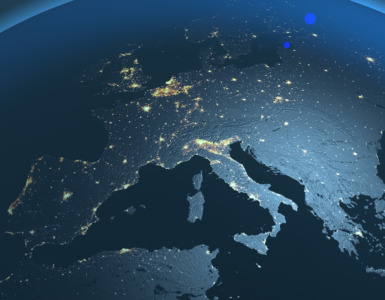Germany commits to ‘blue hydrogen’ in updated national strategy.
Germany’s updated hydrogen strategy, unveiled places heavy emphasis on imports from Denmark and Norway while securing “blue hydrogen” production from fossil gas using CCS technology to mitigate the related emissions.
Clean-burning hydrogen fuel is expected to play a significant role in Germany’s energy transition – as a feedstock for steelmaking and the chemicals industry as well as in heavy-duty transport.
The country’s hydrogen strategy, initially adopted in 2020, was updated on Wednesday – a move that was long “overdue” according to industry association BDI, which cites the rapid changes happening on the gas market since Russia invaded Ukraine last year.
🔥 What about we co-host a webinar? Let's educate, captivate, and convert the hydrogen economy!
Hydrogen Central is the global go-to online magazine for the hydrogen economy, we can help you host impactful webinars that become a global reference on your topic and are an evergreen source of leads. Click here to request more details
Robert Habeck, the economy and climate action minister, said:
With the update of the National Hydrogen Strategy, we are setting the framework for a new phase in the hydrogen market ramp-up.
The updated strategy projects hydrogen demand to reach 95-130 Terawatt-hours (TWh) in 2030, a slight increase from its previous projections made three years ago. 55 TWh corresponds to today’s demand for hydrogen, which is currently produced from imported fossil gas for use mostly in refineries and chemical plants.
But the German government wants an increasing share to be produced domestically in an environmentally-friendly way, from water electrolysis. In its revamped strategy, the government is now targeting an electrolyser capacity of 10 GW, which is double the 2020 target. These electrolysers are expected to produce upwards of 25 TWh of hydrogen.
However, the measures envisaged to hit this target – tenders for electrolyser capacity – are deemed insufficient by the industry. Berlin needs “to back up its target of 10 GW of domestic electrolysis capacity by 2030 with more concrete measures and support programmes,” said Kerstin Andreae of utilities association BDEW.
All the rest, meanwhile, is expected to be imported. “Around 50 to 70% of demand […] will be covered by imports from abroad,” the revamped strategy reads. To underpin this, a separate import strategy is in the works and expected to be published within the year.
To achieve this, Germany expects to import “pure” hydrogen via pipelines, primarily from Norway and Denmark.
“The exchange with Norway and Denmark is already further advanced, but talks have also been held with Finland and Sweden as well as Austria, Italy and France,” the strategy highlights.
In order to have the Norway pipeline ready by 2030, “we will need to get started on the technical details by 2025,” said Habeck.
READ the latest news shaping the hydrogen market at Hydrogen Central
Germany commits to ‘blue hydrogen’ in updated national strategy, July 26, 2023








